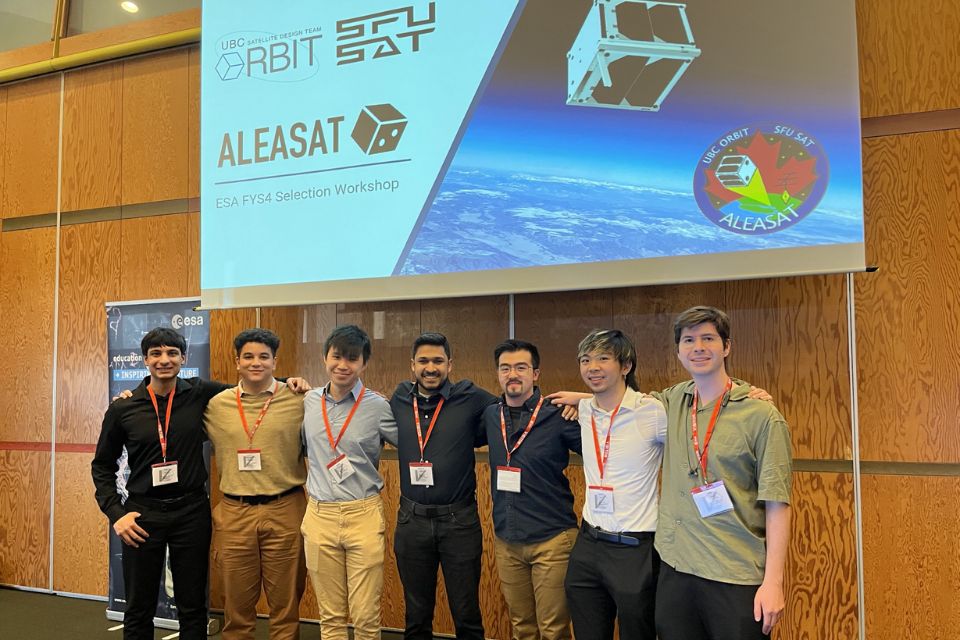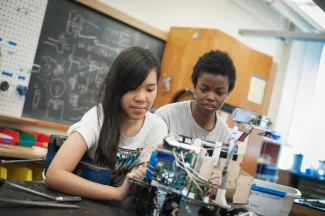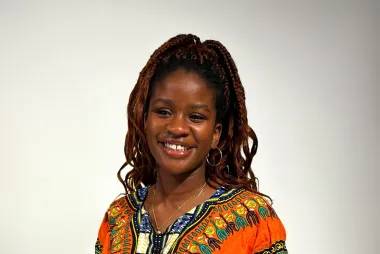You don’t need to know everything to start. Curiosity and persistence will take you further than perfection ever will.

Yousif El-Wishahy
- Degree:
- Bachelor of Applied Science
- Grad year: 2025
- Program:
- Campus: Vancouver
I’m a graduating Engineering Physics student with a long-standing interest in space, even before I really knew what engineering meant. My path through UBC Applied Science wasn’t linear. I joined multiple engineering teams, including UBC Mars Colony and UBC Open Robotics, exploring everything from chemical reactors for Mars to human-robot control, before eventually finding my direction in spacecraft engineering.
I joined UBC Orbit more than halfway through my degree, helping design simulations, flight software, and hardware for the team’s CubeSat mission, ALEASAT. I learned by asking questions, digging into fundamentals, and figuring things out piece by piece.
I’m now working at MDA Space on spacecraft simulation. My biggest motivator has always been curiosity, and that continues to shape my career.

How are you applying the skills you learned through your studies at UBC Engineering?
Engineering Physics taught me how to learn quickly and move between different parts of a system. At MDA Space, I use that every day, whether I’m troubleshooting spacecraft behaviour, working with flight software, analyzing dynamics, or mapping subsystem interactions.
The most valuable skill I gained wasn’t a specific topic. It was learning how to approach unfamiliar problems and build understanding step by step. This mindset was reinforced by mentors throughout the program.
One of the biggest surprises was how often engineering involves uncertainty. You rarely have the full picture at the start. My studies and projects taught me to be comfortable with that and to approach problems with curiosity rather than fear.

What advice would you give a student entering Engineering Physics?
Don’t worry if you don’t understand everything at the start. None of us did. Engineering becomes manageable when you approach it with curiosity instead of fear.
Be honest about your gaps. Admit when you’re confused. What matters is separating how you feel about your knowledge from what you actually know, and giving yourself room to grow at your own pace.
Find a project where you can learn by doing, and don’t underestimate how far small, consistent effort can take you.
Progress isn’t linear. You will struggle at times. I applied to MDA Space twice before getting my first internship.
If you stay curious and keep showing up, you’ll surprise yourself with what you can build, and who you become along the way.
What is next for you?
I’ve started working full time at MDA Space as a systems engineer on spacecraft simulation. I want to deepen my understanding of spacecraft subsystems, GNC, and avionics, and eventually work on missions where I can see systems come together end-to-end.
I’m considering graduate studies in spacecraft engineering or controls in the future. Until then, I plan to stay involved in UBC Orbit as a technical advisor until launch, supporting a mission that shaped my engineering journey.




